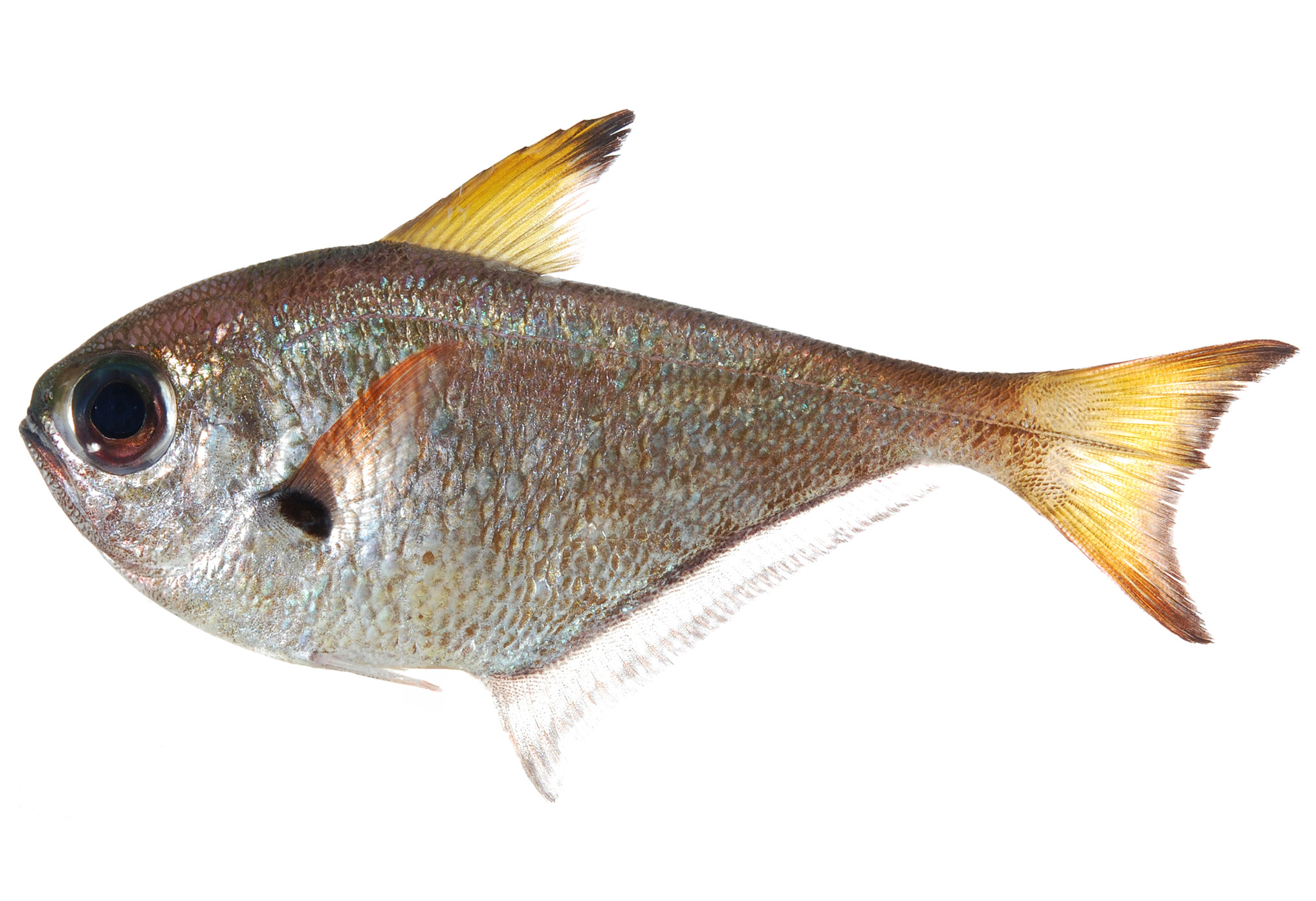Abstract
Sex anomalies are one of the best-known cases of teratology among wild bees with different terms used to differentiate among such abnormalities. Gynandromorphs are individuals with genetically distinct male and female tissues while intersexes are genetically uniform individuals with expression of sexual features of the opposite sex. Among the three commonly accepted gynandromorph categories—bilateral symmetry, transverse and mixed (or mosaic)—the relative proportion of each gynanders category described in the literature shows the transverse and mosaic as the most frequently observed cases among wild bees (Michez et al. 2009; Hinojosa- Díaz et al. 2012). In bees, gynandromorphs are recorded from 117 species in 30 genera of all families being mostly recorded from the long-tongued bees in Apinae and Megachilinae (Wcislo et al. 2004; Michez et al. 2009; Hinojosa-Díaz et al. 2012, Lucia et al. 2012).
References
Engel, M.S.A. (2007) Lateral gynandromorph in the bee genus Thyreus and the sting mechanism in the Melectini (Hymenoptera: Apidae). American Museum of Natural History, 3553, 1–11.
Hinojosa-Díaz, I.A., Gonzalez, V.H., Ayala, Mérida, R.J., Sagot, P. & Engel, M.S. (2012) New orchid and leaf-cutter bee gynandromorphs, with an updated review (Hymenoptera, Apoidea). Zoosystematics and Evolution, 88, 205–214. http://dx.doi.org/10.1002/zoos.201200017
Linsley, E.G. (1937) The effect of stylopization on Andrena porterae Cockerell (Hymenoptera). Pan-Pacific Entomologist, 13, 157–158.
Lucia, M., Alvarez, L. & Abrahamovich, A.H. (2012) Gynandromorphism in Xylocopinae Bees (Hymenoptera: Apidae): description of four new cases. Zootaxa, 3401, 37–42
Michener, C.D. (2007) The Bees of the World, 2nd edition. The John Hopkins University Press, Baltimore, 953 pp.
Michez, D., Rasmont, P., Terzo, M. & Vereecken, N.J. (2009) A synthesis of gynandromorphy among wild bees (Hymenoptera: Apoidea), with an annotated description of several new cases. Annales de la Société Entomologique de France, 45, 365–375.
Narita, S., Pereira, R.A.S, Kjellberg, F. & Kageyama, D. (2010) Gynandromorphs and intersexes: potencial to understand the mechanism of sex determination in arthropods. Terrestrial Arthropod Reviews, 3, 63–96. http://dx.doi.org/10.1163/187498310X496190
Packer, L. (2003) Comparative morphology of the skeletal parts of the sting apparatus of bees (Hymenoptera: Apoidea). Zoological Journal of the Linnean Society, 138, 1–38. http://dx.doi.org/10.1046/j.1096-3642.2003.00055.x
Rightmyer, M.G. (2004) Phylogeny and classification of the parasitic bee tribe Epeolini (Hymenoptera, Apidae, Nomadinae). Scientific Papers, Natural History Museum, 33, 1–51.
Ruz, L. (1986) Classification and phylogenetic relationships of the panurgine Bees. PhD Thesis, University of Kansas, Lawrence, Kansas, 379 pp.
Salt, G. (1927) The effects of stylopization on aculeate Hymenoptera. Journal of Experimental Zoology, 48, 223–331. http://dx.doi.org/10.1002/jez.1400480107
Wcislo, W.T., Gonzalez, V.H. & Arneson, L. (2004) A review of deviant phenotypes in bees in relation to brood parasitism, and a gynandromorph of Megalopta genalis (Hymenoptera: Halictidae). Journal of Natural History, 38, 1443–1457.
Yang, A.S. & Abouheif, E. (2011) Gynandromorphs as indicators of modularity and evolvability in ants. Journal of Experimental Zoology, Part B, Molecular and Developmental Evolution, 316, 313–318. http://dx.doi.org/10.1002/jez.b.21407

